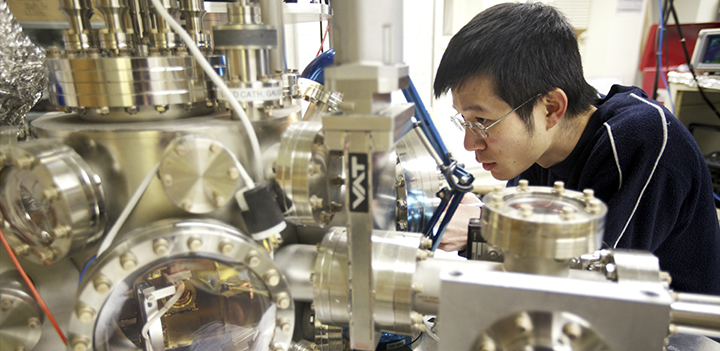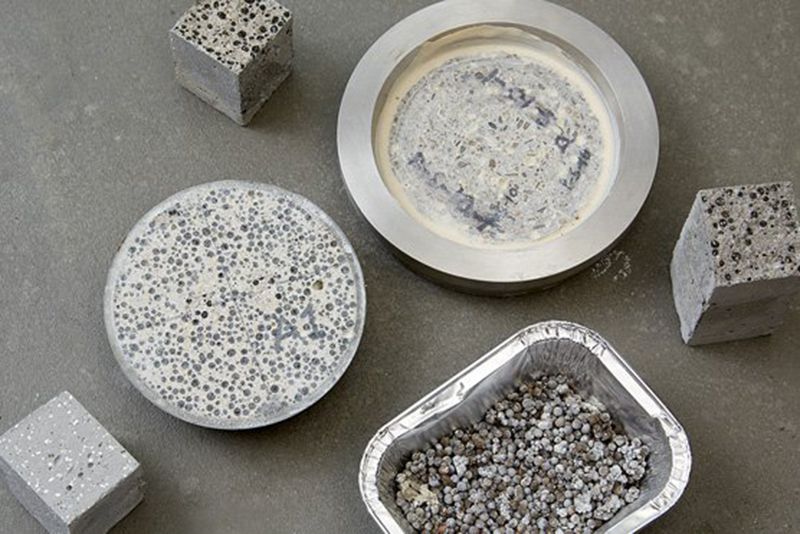Self-Healing Concrete: Reinforcements from Bacteria
Written By: Thomas Berry
Email | LinkedIn
Ever since the Ancient Romans learned that mixing horsehair in their version of concrete prevented cracking, man has sought ways to increase the longevity of this pivotal building material. Little did anyone know, the answer to this problem has been around since the Romans mixed up the first batch of horsehair concrete. The answer does not lie in horsehair but in bacteria!
Bring in the Materials Scientists! 
In 2006, Professor Henk Jonkers of the Delft University of Technology in the Netherlands was approached by a civil engineer friend who had read an article about introducing limestone-producing bacteria to monuments for increased longevity. This friend wondered if the same application could be applied to building materials and challenged Professor Jonkers with the difficult task of producing a self-healing concrete utilizing bacteria. Professor Jonkers worked diligently over the next few years and came up with a viable solution.
Professor Jonkers knew that the problem with regular concrete was small cracks that became larger due to leakage. Jonkers knew that concrete was extremely alkaline. This meant not only would the bacteria have to lie dormant in the concrete for many years until cracks appeared, but it would also have to be able to survive the alkaline conditions of concrete. He found his answer with bacillus bacteria. These bacteria can survive in extremely alkaline conditions and produce spores that can lie dormant for years without food or water.
With the bacteria and water problems solved, Professor Jonkers had to come up with a solution to feed the bacteria at the precise moment to repair cracks. The bacterium could be fed sugar by mixing sugar in with the concrete but this would make the concrete soft and weak. Jonkers found the solution with calcium lactate which does not compromise the integrity of the concrete. He mixed the bacteria and calcium lactate into water soluble capsules within the wet mix of the concrete itself. When water leaks through the cracks of the concrete the capsule dissolves releasing the bacteria with a food and water source. The bacteria feeds on the calcium lactate and produces calcite, which is limestone, and this heals the cracks of the concrete. Professor Jonkers called his new creation “bioconcrete”.
Bioconcrete: Powered by Bacteria
Bioconcrete is mixed just like any other concrete is mixed today but introduces the bacteria healing agent into the mix cycle. The bacteria lie dormant in the hardened concrete until years later when the concrete cracks and water leaks in. This water activates the bacteria which then begins to feed and produce a limestone waste that heals the cracks in the concrete.
This invention comes in three different forms. A spray to apply to existing structures with small cracks, a repair mortar for repairing large cracks in existing structure, and the self-healing concrete form to build from scratch.
There are currently many locations that could benefit from this technology in concrete. Coastal areas and areas that see high annual rainfall amounts could greatly benefit in Professor Jonker’s self-healing concrete. These areas that have higher than average rainfalls typically have some of the worst concrete damage due to the high likelihood of water leaking through micro cracks in their concrete structures.

elf-healing Irrigation Canals in Ecuador
Professor Jonkers’s invention has already been tested in several applications in developing countries. Most notably is a concrete canal and irrigation system in Ecuador made completely of bioconcrete.
As of right now, bioconcrete seems like expensive technology since it costs 30% more than standard concrete but Professor Jonkers says the costs can be reduced if they can find a way to incorporate sugars instead of calcium nitrate. He hopes that the construction industry will see the benefit in saving repair costs down the road as opposed to building costs.
